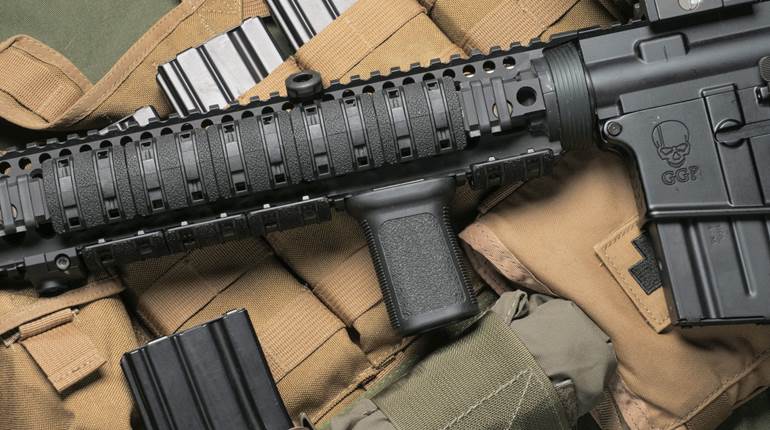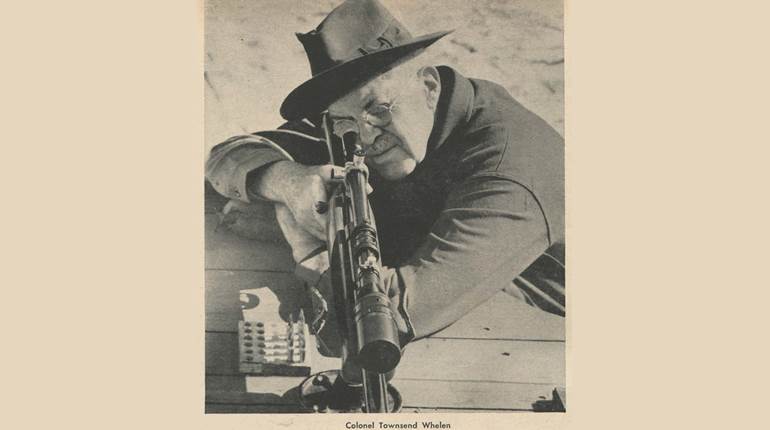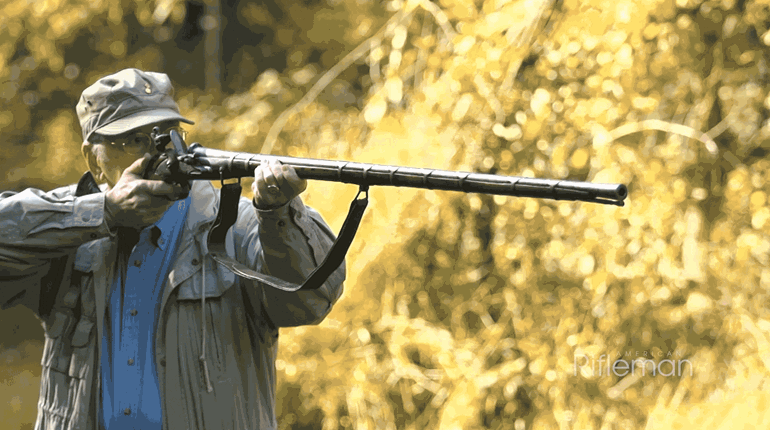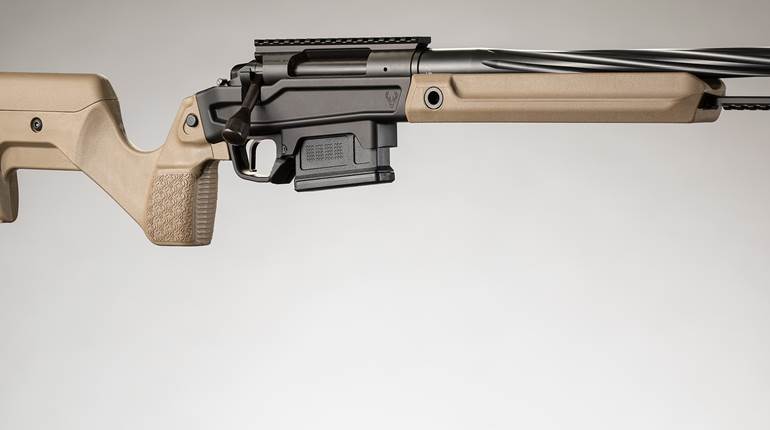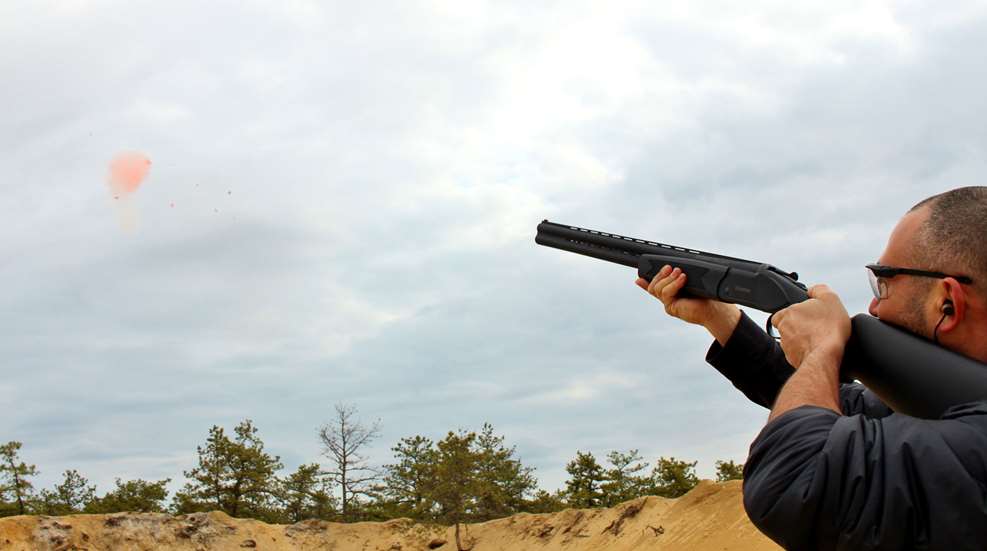
Although they are often sold under the guise of not needing to be aimed, shotguns do, in fact, require the same amount of training and practice to become proficient as is required for other firearms. Hitting a fast-moving target with a pattern of shot takes more coordination than one might think. For this reason, running drills are just as effective a means of skill-building as with rifles and pistols. Unfortunately, organized trap and skeet fields aren’t entirely conducive to this need, as little control is afforded to the shooter with regard to target speed, variety and frequency. However, with a little bit of land and a casual target thrower, one can work on several different drills to improve the chance of success. Here are five shotgun drills shotgunners should work into their practice sessions to break more clays or down more birds.
1. Straightaway Flurry
The undisputed easiest of the moving targets to hit is the straightaway clay. On the surface, a trap field will provide ample opportunity to practice this shot, but we find that is not the case when we get closer. The sport of trap is indeed a straightaway style of shooting, but shooting at a formal range makes it hard to practice the same swing over and over again. Instead, remove the handicap and try throwing birds for yourself, where you’ll be directly behind the target each and every time. Use this opportunity to practice your mount and swing and to work on learning what it means to establish a break point and orient yourself to it before each throw. Gauge your progress by how many consecutive clays you can smash in a row, as this shows you how consistent you can be in shouldering your shotgun and initiating a smooth trigger press when the time is right.
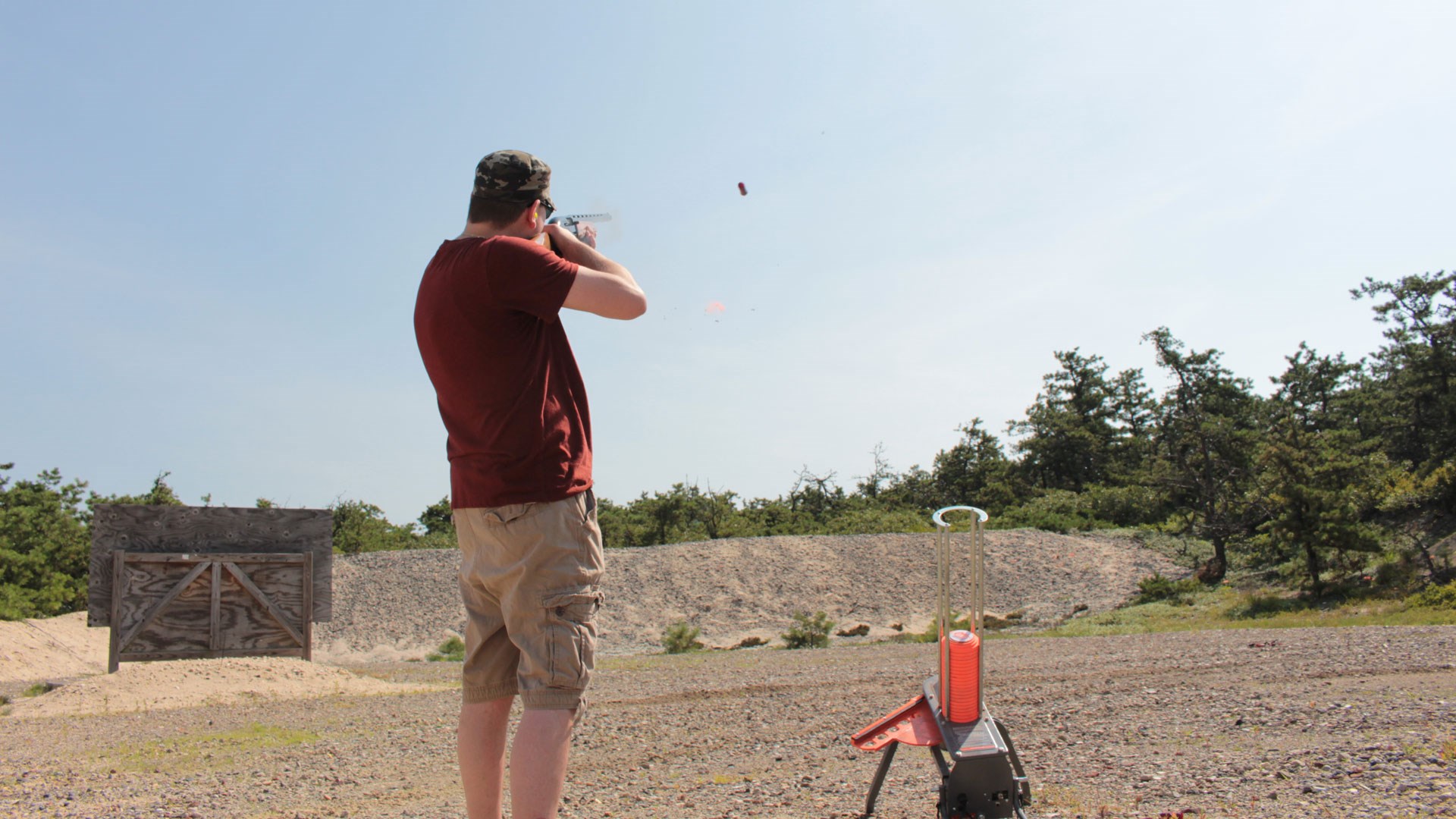
2. Single Laterals
Just as a trap field varies target angle, skeet fields require you to change positions after each pair, which poses two training issues. The first is the lack of opportunity to work on repetition, as you’ll never fire from the same position twice in a row, and the other is having to engage two targets at each station. Having to break that second clay on report, a clay that is launched from secondary “house” or trap position upon firing, can be challenging. To improve your skeet game, pick up an inexpensive electronic thrower and slowly work on this skill, one clay at a time. Start by placing the machine just 5 yards to your left and engage clays until you can faithfully hit three in a row. Then, move it farther left and deeper downrange, and repeat. Continue this routine until the thrower launches clays 90 degrees to your position and you can break at least five in a row.
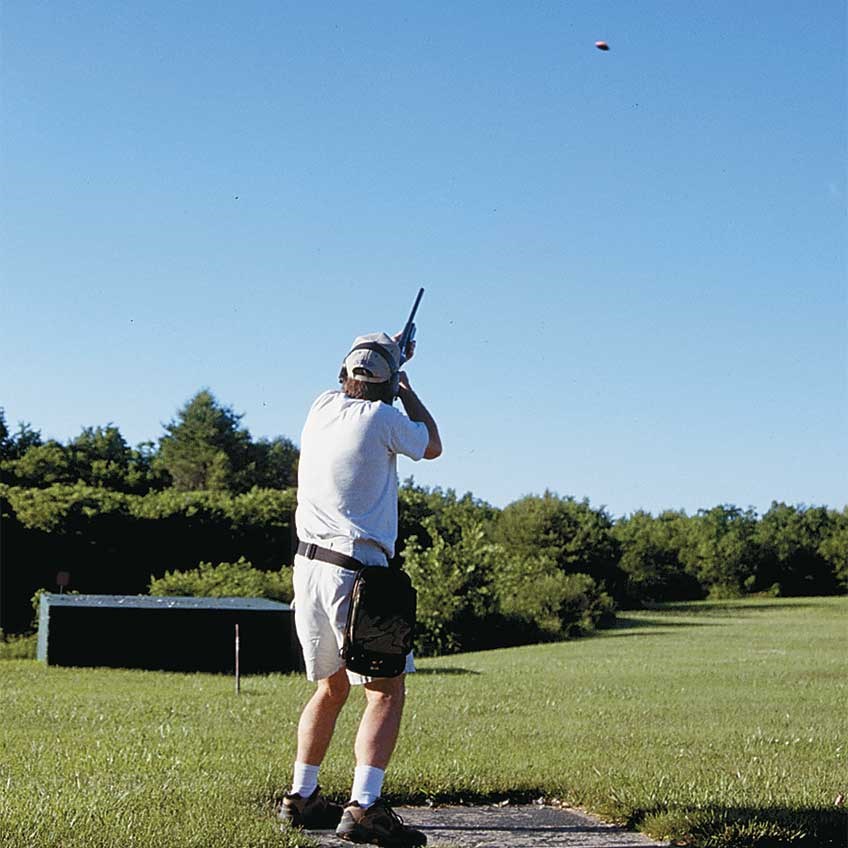
3. Buddy Randoms
This drill is a nod to those looking to get better at the game of sporting clays. For those just starting out, this shotgun sport is designed to mimic realistic hunting scenarios and involves targets being flung in any direction from anywhere on the field. In my opinion, it is a true test of shotgunning skill, as solutions need to be gathered instinctively and decisions made entirely on the fly.
For these reasons, it’s particularly hard to practice, but you certainly can get better with a friend and any manual thrower. The trick is to take advantage of target placement within the clip in the thrower’s arm. By wedging it farther down toward the operator, clays will typically sling more rightward upon release. If you barely use the clip at the top near the hinge point, the clay will go to the left. With enough practice, one can launch clays anywhere within the 180-degree line of the thrower, creating as random a scenario as one can, short of maneuvering a machine before every shot. Throwers can also accept more than one clay to simulate doubles or even triples.
Start off by limiting the motion to about half of what that thrower can do. As you progress, have them crank it up a notch to include the most obtuse shot angles. In doing so, new shotgunners will learn their leads as well as how to mount the gun quickly.
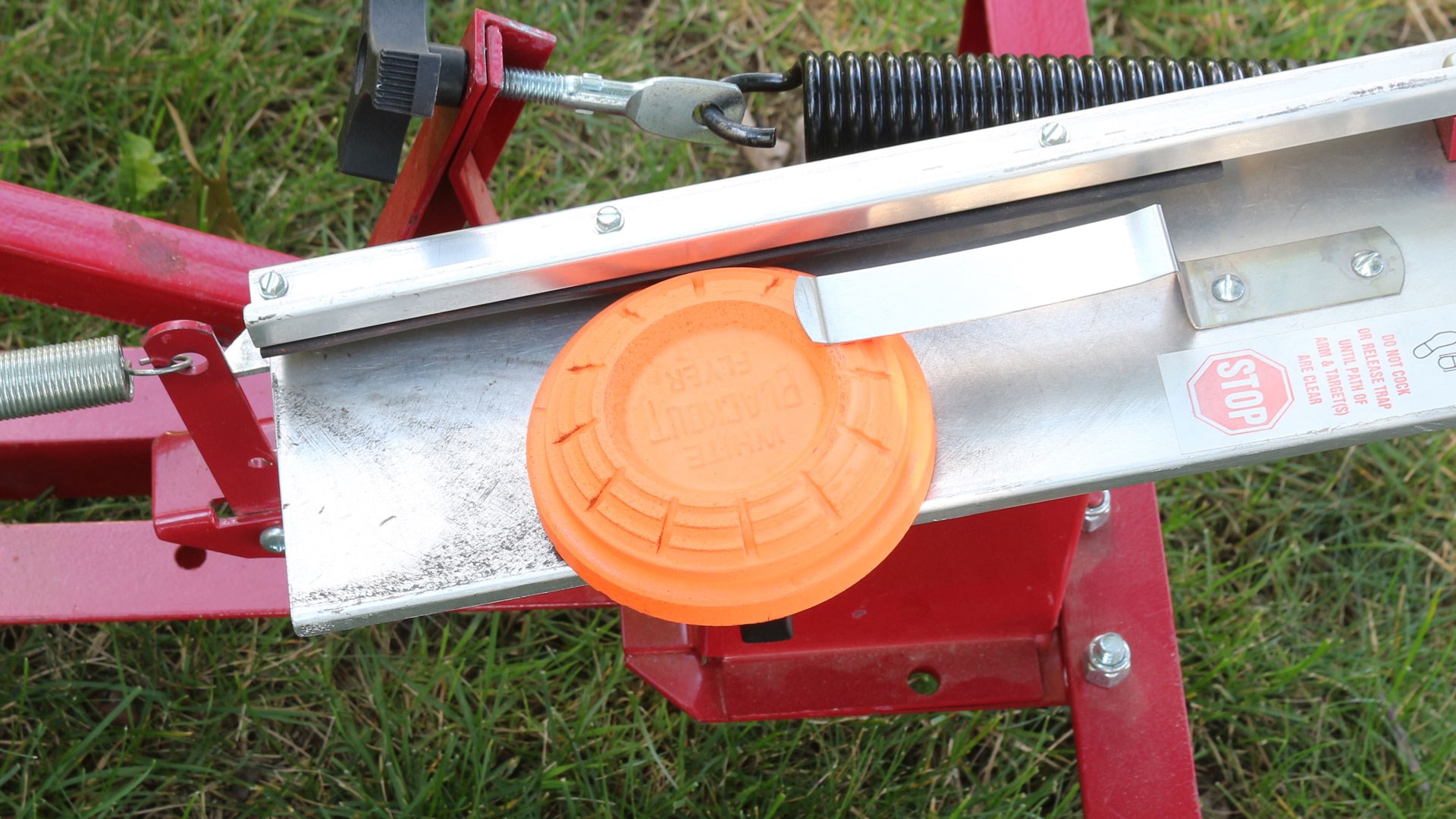
4. Big Piece Scale Down
There is a game out there that goes by many names, but I was introduced to it under the moniker “Big Piece.” In this game, shooters line up and take turns engaging whatever the previous shooter left behind, which is usually the “big piece” of the clay. The beauty of this game is that pieces seldom fly in a predictable path. This means that leads need to be adjusted dramatically from what one might be used to. Typically played with a dozen or more shooters, if the range allows, this activity is just as rewarding with two participants. Simply rotate the first shooter to fire at a straightaway target while the next picks up the pieces. After five shots, swap places. If you both get to the point where you’re acing five in a row, complicate the drill by adding some angle or distance to the thrower.
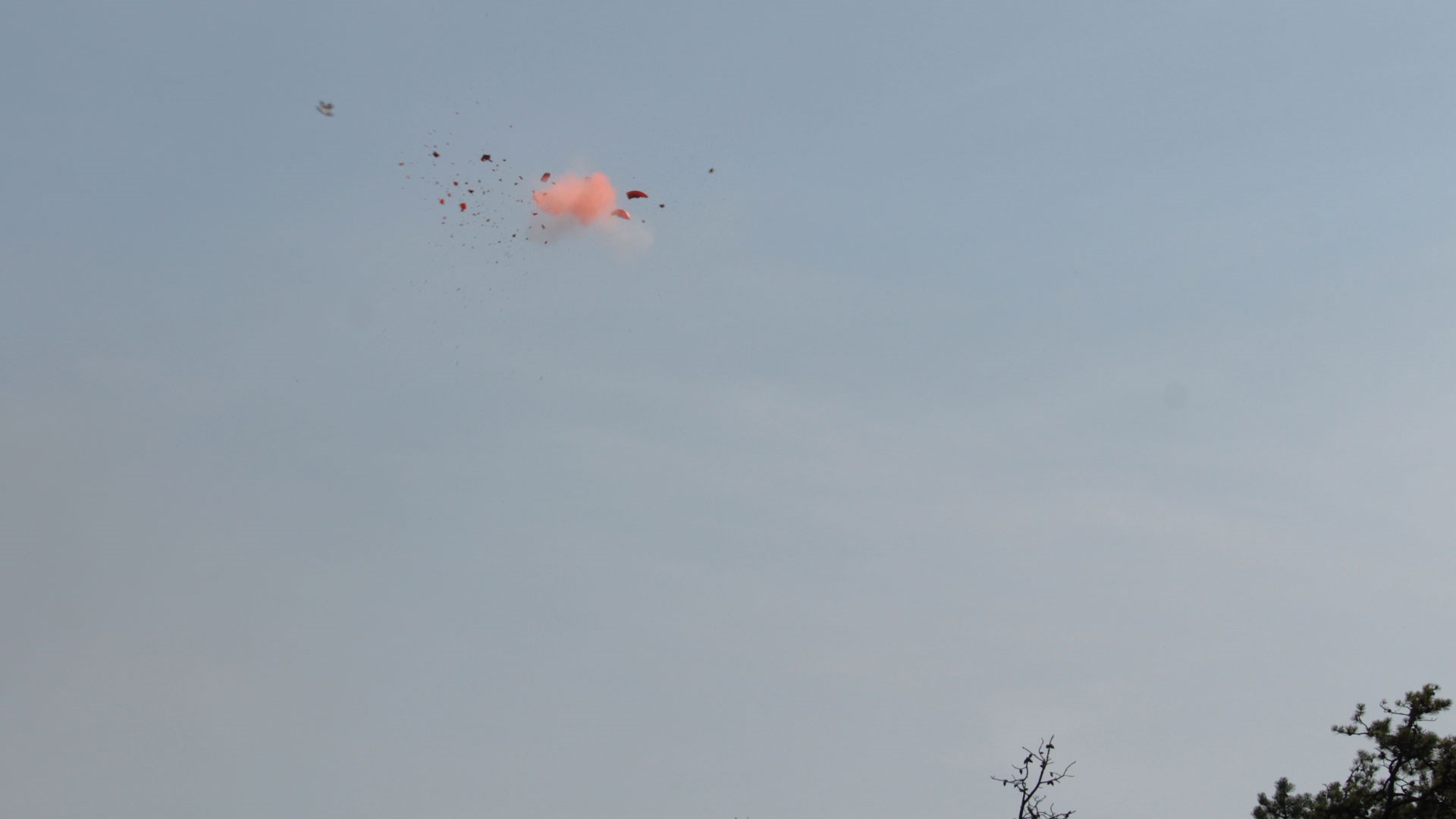
5. Slug-A-Mentals
Being that shotguns are primarily used for moving targets, shotgunners typically fall into the trap of only practicing this activity. The problem manifests when it comes time to fire a slug or turkey shell at something stationary, in which case that shotgun becomes a ‘rifle.’ In this scenario, a shooter's flinch will not be compensated for by a wide pattern, and their hit-rate will drop dramatically. Practicing this flinch away is as simple as working with a combination of low-recoil slugs and some dummy rounds. Without looking, stuff your shotgun’s tube (or chambers) with a combination of this fodder and proceed to print the tightest group that you can at whatever distance that you have available. If you flinch, identify the muscles responsible and work on controlling them for the next routine. Mark your progress by keeping track of how many consecutive dummy rounds you hit without jerking the gun out of alignment.
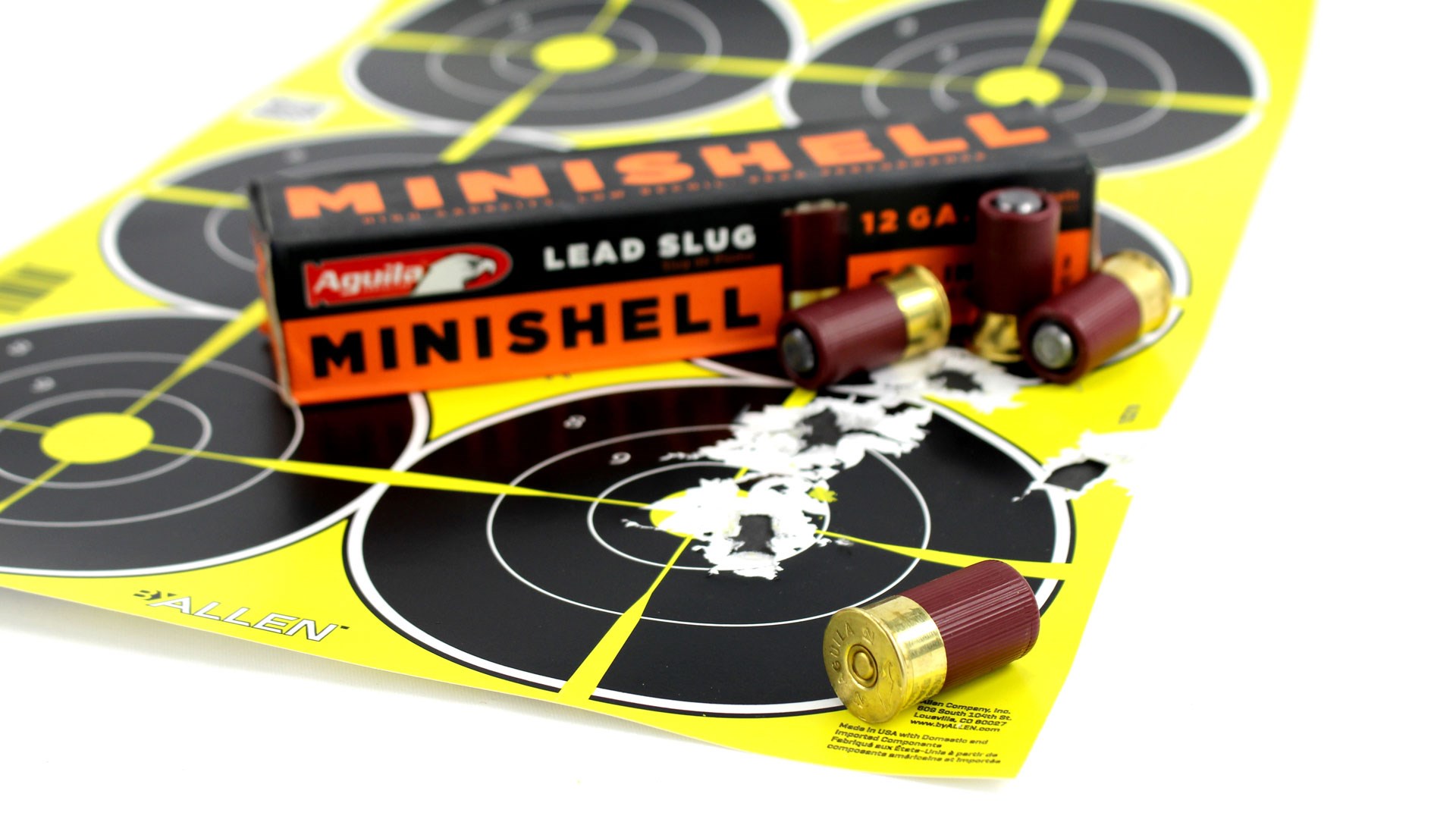
There are few things more satisfying in the shooting sports than seeing a clay bust to pieces or feathers fall from the sky. A regimen of repeatable practice maneuvers will help you to experience this joy far more often. Being able to mark your growth is imperative, as only progress can motivate progress. Remember to have fun along the way, and you’ll see the recipe for success only has a few ingredients.













